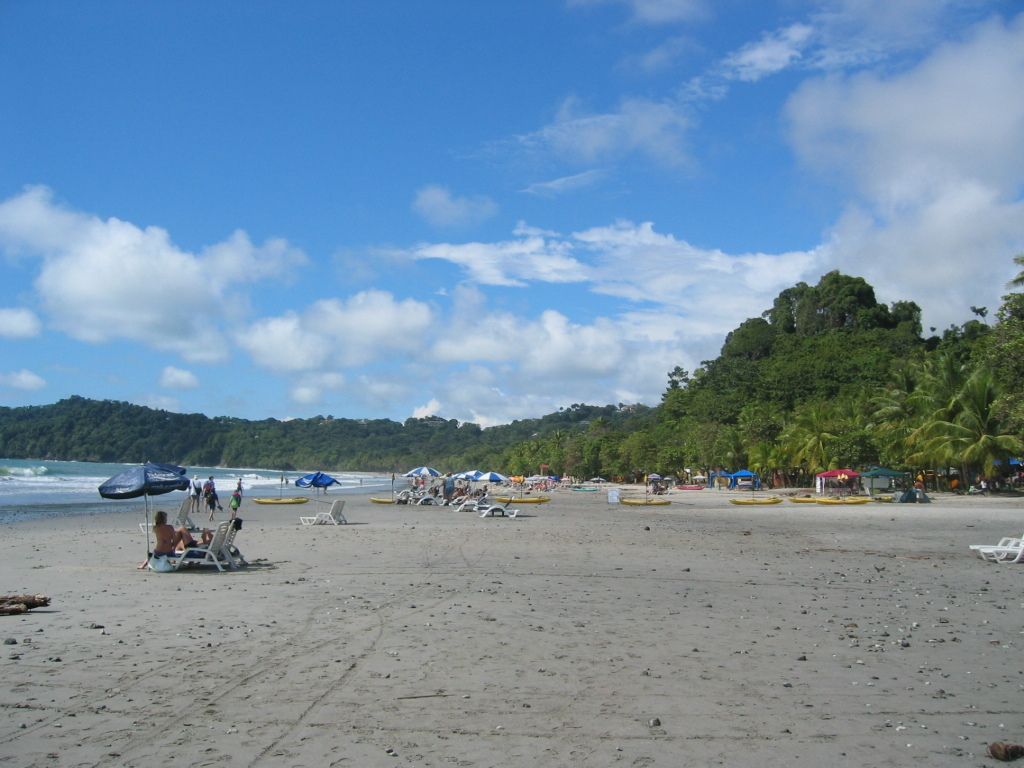Central Asia's Economic Forecast for 2025-26: Looming Challenges and Opportunities
Europe and Central Asia Projected for 2.5% Economic Expansion by WB
Central Asia is gearing up to remain the fastest-growing sub-region within Europe and Central Asia, with a projected growth of 4.7% in 2025-26. However, this growth rate is expected to cool down slightly compared to previous years, mainly due to a pullback in Kazakhstan's oil sector and broader regional hurdles, as we explore below.
Slowing Down the Oil Machine: Kazakhstan's Predicament
- Shrinking Oil Sector Expansion: The oil sector in Kazakhstan is experiencing a contraction, dragging down the region's economy. Factors such as volatile global oil prices and decreased investment in the industry are contributing to this trend.
- Reduced Exports: The overall exports from the region are faltering, exacerbating the economic downturn. This weakening external demand and global economic turbulence are among the culprits.
- Return of Remittance Normalcy: The normalization of remittance inflows is another factor impacting the region's economic performance. Previously, remittances helped bolster private consumption and maintain financial stability, but that support is now starting to wane.
Navigating the Recovery
- Accelerating Structural Reforms: To drive a speedier economic recovery, nations in the region should prioritize structural reforms aimed at cultivating a thriving private sector, encouraging entrepreneurship, and embracing technological advancements.
- Boosting Research and Innovation: Enhancing investments in innovation and research is critical for sustainable long-term growth. This could aid in diversifying economies beyond traditional sectors like oil.
- Economic Diversification: Diversifying economies beyond dependence on oil and raw materials could strengthen resilience against global economic fluctuations.
- Regional Cooperation: Strengthening regional cooperation and fostering trade agreements could help mitigate the consequences of external demand shocks and promote economic stability.
In summary, while Central Asia grapples with a slowdown, opportunities exist for recovery through targeted economic development and strategic policy reforms. By focusing on diversification, innovation, and regional cooperation, the sub-region can position itself for long-term stability and growth.
- In the face of Central Asia's slowing growth rate, sustaining the region's economic expansion beyond 2024 might heavily rely on the geoeconomic diversity of industries, such as boosting private sector growth and fostering entrepreneurship.
- The Astana Expo 2025, with its focus on innovation and technology, provides an excellent platform for enhancing research and innovation efforts, which could boost long-term economic growth and help diversify away from dependence on oil.
- To strengthen economies beyond regional hurdles, it is crucial to implement economic diversification strategies, such as investing in various sectors like finance and technology, to reduce dependence on raw materials and oil.
- By collaborating on economic development initiatives, nations in Central Asia could enhance regional cooperation and foster trade agreements, boosting the sub-region's resilience against external demand shocks and promoting the long-term stability and growth of their respective economies.








